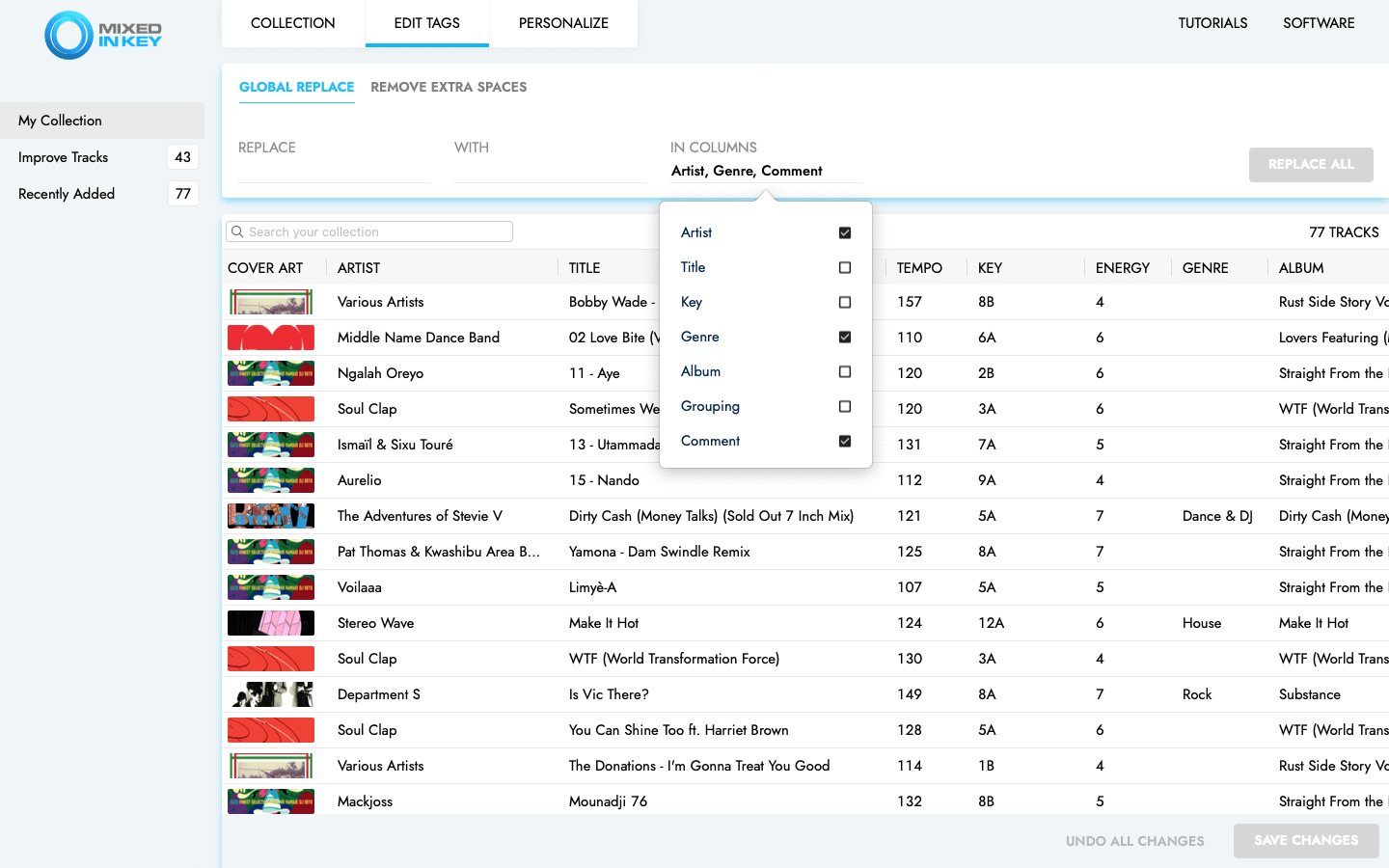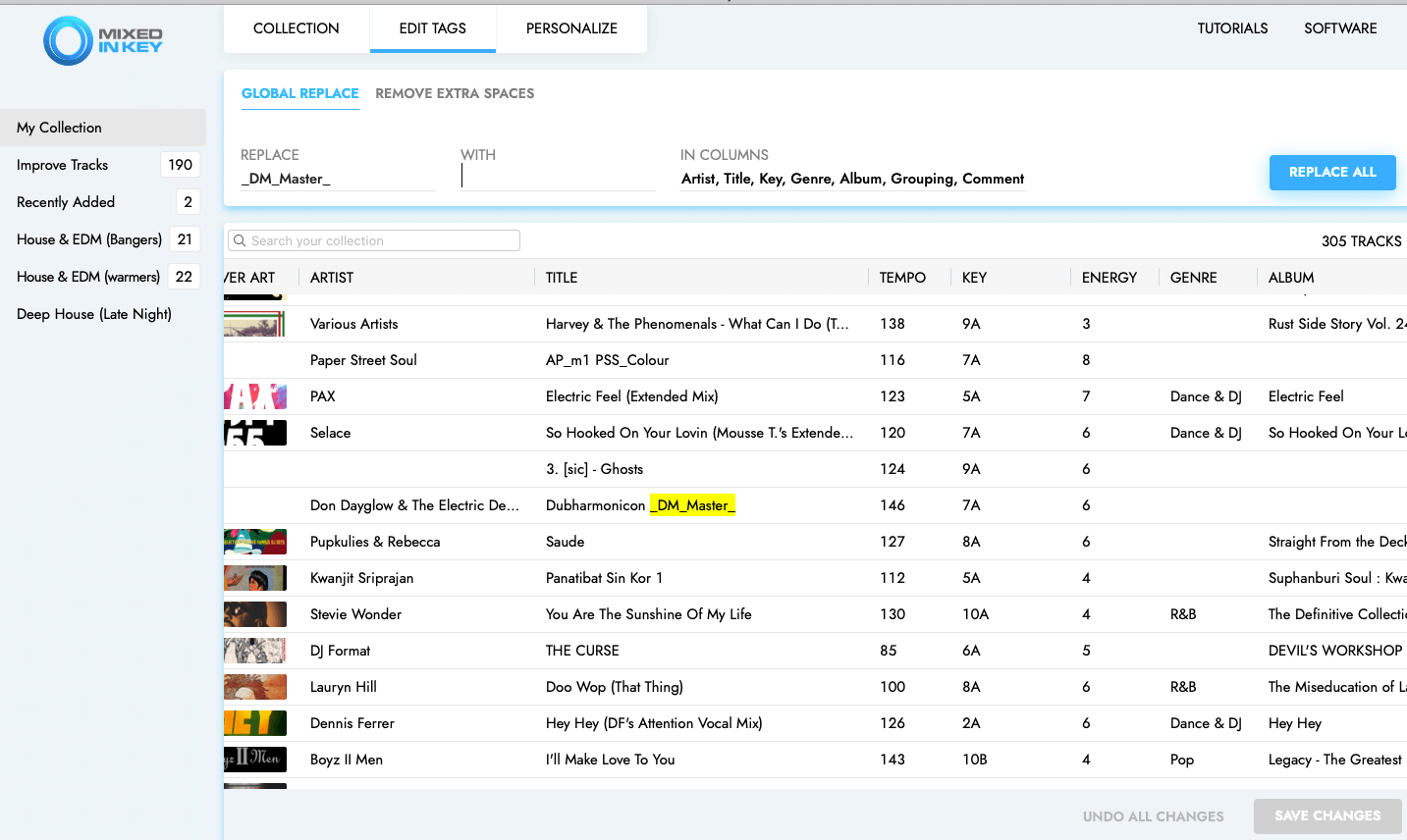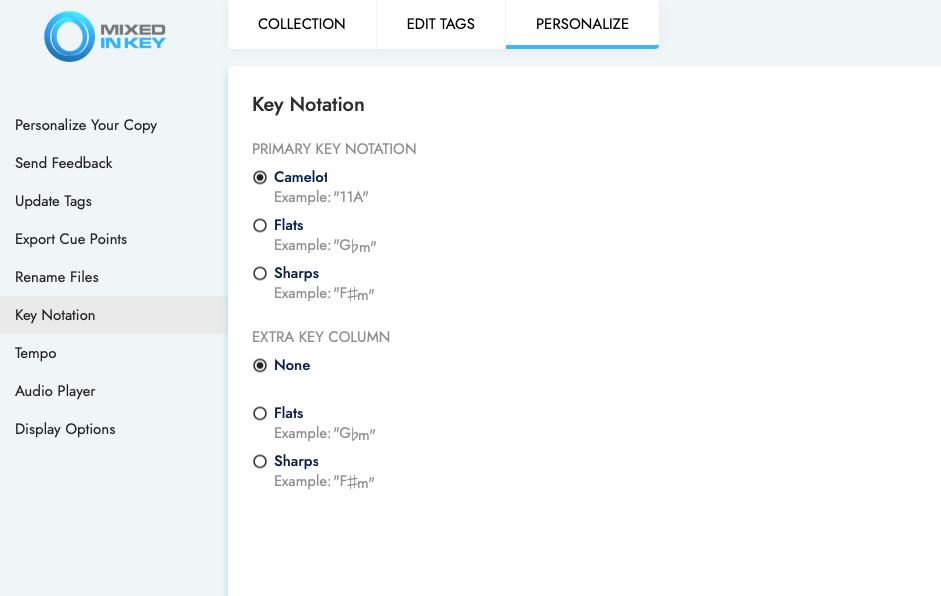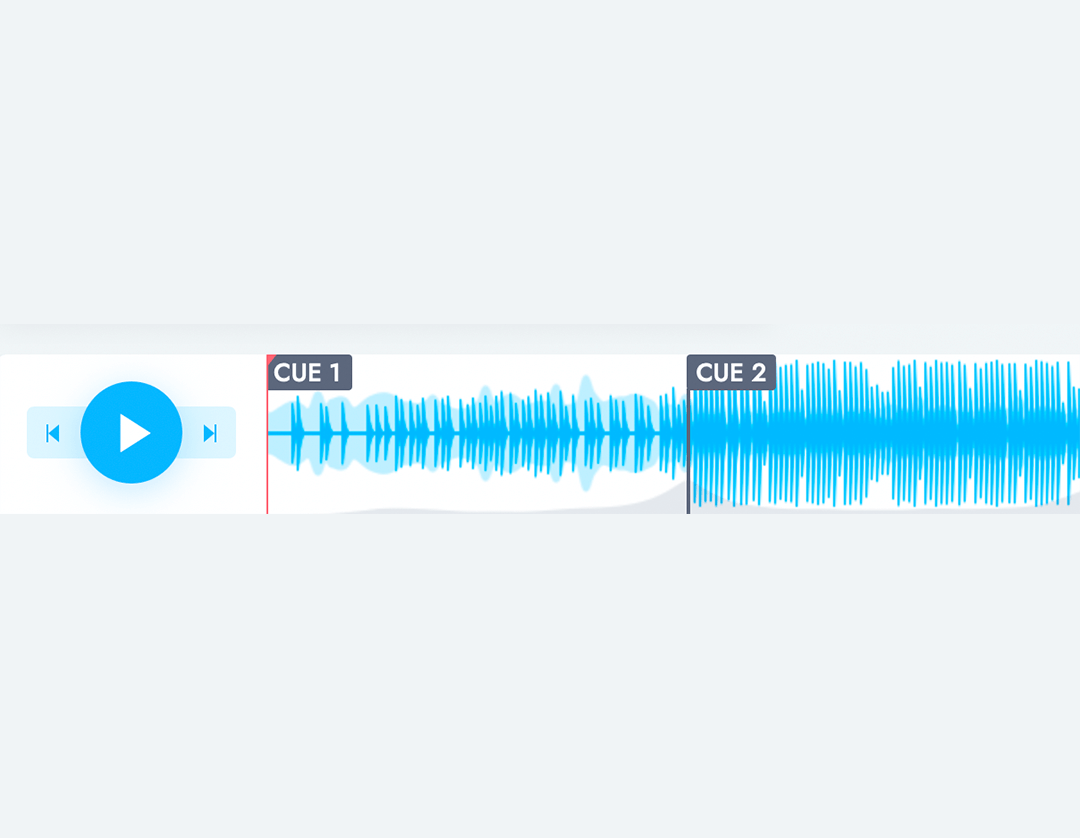How cleaner metadata improves your DJing.
Anyone who DJs with software knows how important it is to see the Key, BPM, Song Info and other metadata at a glance.
Yet so many songs come loaded with junk tags, or no tags at all. Worse, they may have incorrect data, making them candidates for poor song selection. To enhance your DJing, you need cleaner metadata!
What is Metadata?

Metadata is the catch-all name for any of the tags inside your music files. The file name itself is only part of the metadata eco-system in your audio files. With good metadata, you can easily see all the important information in your songs, helping you to choose better songs for yur DJ sets and identify great mix candidates sooner.
Some examples of metadata tags:
- Key result (either in Flats, Sharps or Camelot Wheel notation.)
- BPM.
- Energy Level (only in Mixed In Key!
- Artist.
- Song Title.
- Album Title.
- Comments.
- Bitrate.
- Date Added.
- Year.
- Genre.
- Grouping.
How you like your metadata presented really depends on your DJing style. Some DJs want to focus on the most important information without the chance of distraction by columns that don’t help them choose the best song. Others like to see the whole ‘story’ of each track and use that information to scientifically deduce their next track choice. You’ll know from experience what metadata works best for you, but one thing is clear – you need the data you want to see presented with accuracy and clarity.
What does junk metadata look like?

Usually junk metadata has useless info in it such ‘purchased at Beatport.com’ or the Souundcloud link of the artist. You can understand why the vendor would put their adverts in there, but it ain’t about to help you mix better. If anything, it’s going to distract you in the mix. Distractions are rarely welcome when you’re focused on your mixing.
Other signs of junk metadata are file names with unnecessary smbols or information resent, or simply jus plain incorrect data. If your metadata tells you a song is in C Minor but it’s actually in A Major, you might well end up with an out-of-key mix.
How cleaner metadata helps.

Simply put, cleaner metadata helps you find the right song faster. It’s obvious why this would help your mixing. But many of us are prepared to accept less-than-ideal metadata. It can seem laborious to fix, or you may just think ‘this is good enough’. But once you start cleaning up your tags, you’ll notice how much simpler your song selection become. Your playlists will no longer throw curveballs at you, and you’ll feel more in control of your DJ sets.
And, since Mixed In Key 10 has a 30-day money-back guarantee, you can even try the industry-standard metadata management system for yourself, and see how you like it, risk-free. Speaking of which, here’s how Mixed In Key cleans up metadata.
The power of Mixed In Key.

To get the best possible metadata, you need Mixed In Key 10. It has an incredibly accurate key detaction algorithm, meaning one of the most important tags is bang on the money. It also has a unique Energy Level rating system that tells you how danceable each track is. You can also set the tags to clean up junk comments by overwriting them with useful data, such as Energy Level or Key result.
If your file names aren’t as clean as you’d like, you can remove extra spaces at a click, and Global Replace can remove unwieldy additionals such as ‘mastered by XXXX’.
You can tell Mixed In Key 10 exactly where to overwrite and what to overwrite tags with. So, you can have your ‘Initial Key’ field – the one your DJ software uses to display key results – set to show Mixed In Key’s superior results. And, you can set the Comments field to be filled with Energy Level ratings. Then, decide whether you want ultra-accurate BPM set up to 2 decimal places, and whether you want the filenames themselves changed to show Key and/or Energy Level. The latter option is useful if you use CDJs without DJ software.
And we didn’t even talk about Cue Points yet.

One of Mixed In Key’s greatest features. Your tracks will be given 8 automatic, precision cue points that enable you to jump to the most important parts of the track effortlessly. Compatible with Traktor, Serato and RekordBox, you’ll be able to mix with greater creativity without spending hours manually lining up cue points. Win/win!
Get Mixed In Key 10 today.
Improve your DJ Mixing by using the industry-standard for key detection. Mixed In Key 10 also gives you up to 8 automatic Cue Points per track, rates your tracks by Energy Level, and offers a comprehensive metadata management system. Unlock the secret of the pros.
About the author:
